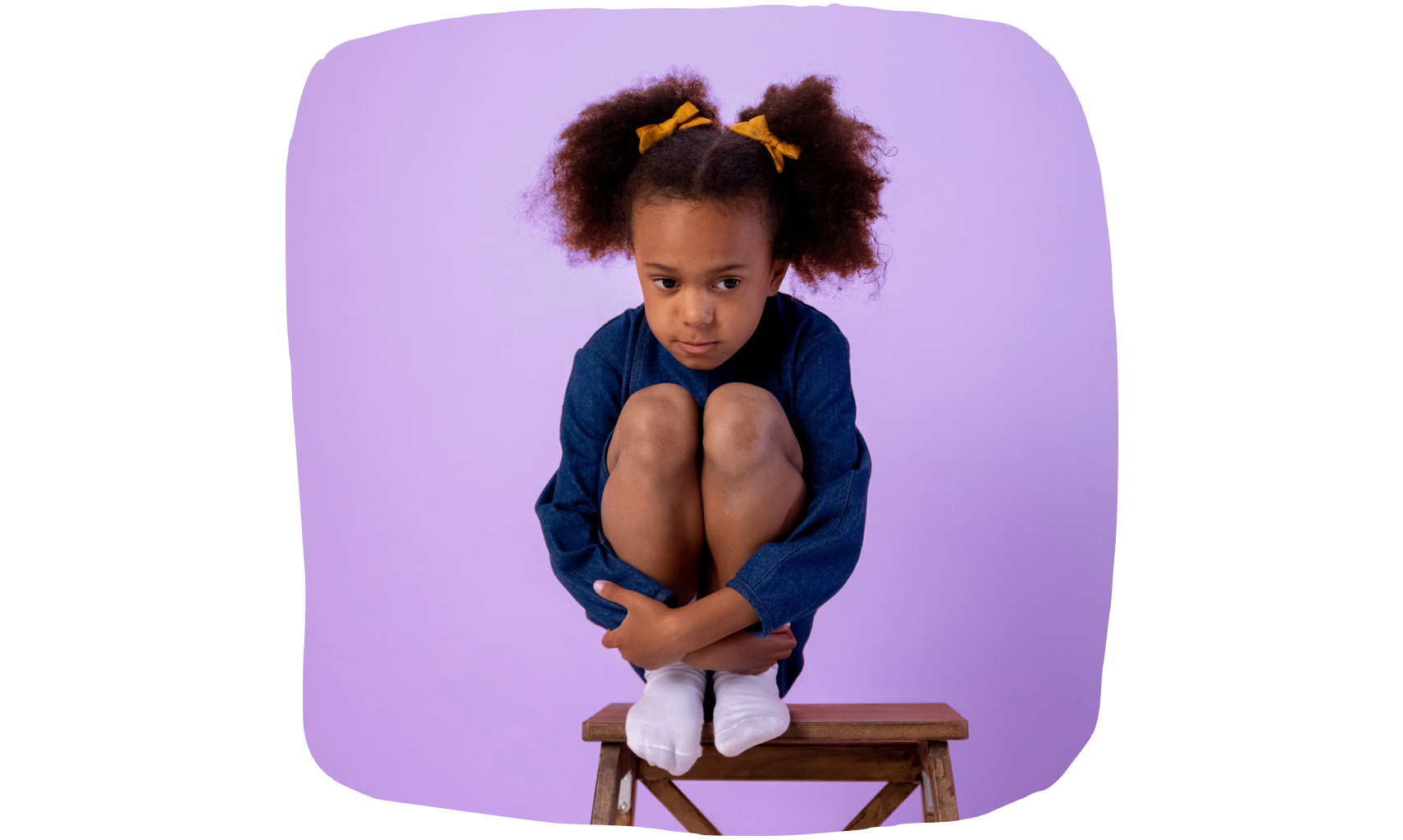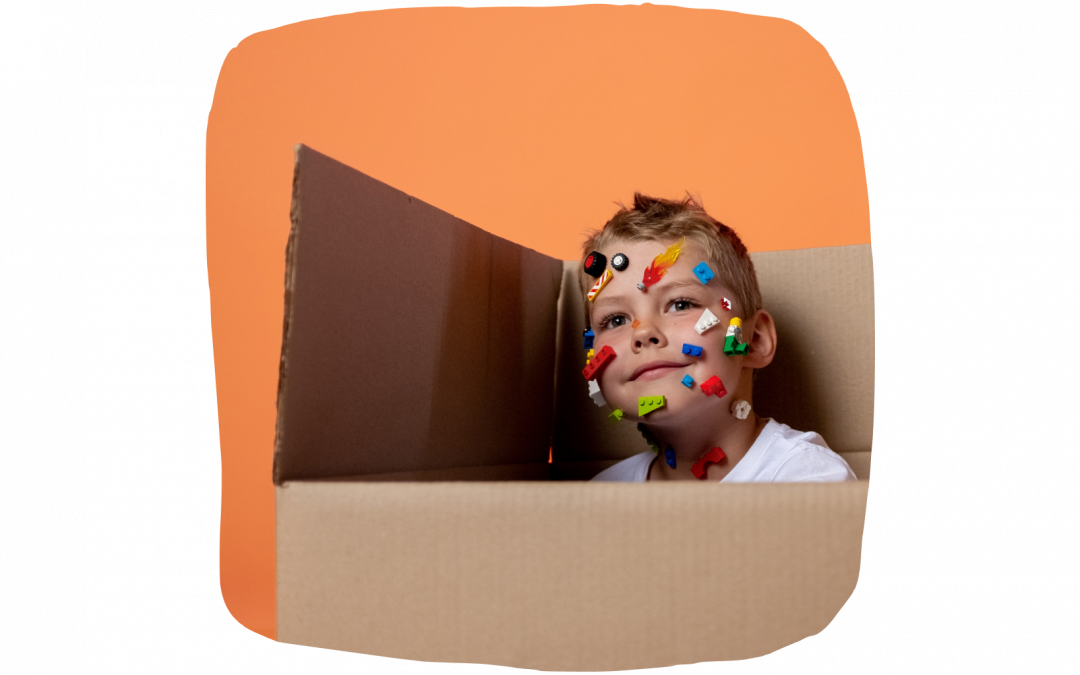A child’s first day at school, the first time they meet their best friend or the first time they swim… These events can be exciting and exhilarating for a kid. It’s normal for kids to worry, and there are many ways parents can help them manage anxiety. Here are some practical things you can do.
Give them your attention
Spend time with your child if they are worried. Let them know that you’re available to talk and listen whenever they need you. You can be there to help them find a way to calm down, be it through breathing exercises or colouring books.
Inquire about their thoughts
Talking to your kids about what they are worried about is one of the most effective ways to support them. It may seem like an obvious place to start, but it will give you insight into some of their deepest fears and concerns, which can help you better understand how best to comfort them.
Patience when listening
- Listen without judgment. Validation is different from agreeing with their feeling too strongly or dismissing it. When we validate feelings, we simply acknowledge their perception of reality in the moment as real and valid. So don’t interrupt them by saying something like, “You know that you shouldn’t be thinking that way.” Try to understand what they’re going through or why they’re feeling hopelessly worried about something beyond their control (like “my parents are getting divorced”). You can say, “I can see why you would feel that way; it makes sense to me too.”
- Listen without giving advice, trying to solve the problem or fix it for them; let them talk through their fears, and listen carefully as they tell you about what’s going on in their lives that is causing them distress (or may cause distress in the future). Listening is not about making your child feel better—that can happen later, after you uncover all of their fears and concerns! The purpose of listening first is so that your child feels heard, understood, and validated in their experience.
Help them imagine solutions to problems
It’s not helpful to tell your child what you think they should or shouldn’t do in any given situation. For example, “You need to get over this right now!” or “You should just forget about it!” is not going to be very helpful. It might even lead your kid astray from the path of self-discovery that would ultimately lead him or her towards understanding their own feelings and reactions in situations like these.
Avoid telling kids not to worry about something or that it’s no big deal. Instead, encourage them to think of solutions or ways to overcome their fears. Instead, help your child learn how to problem solve by asking questions that encourage curiosity, exploration, and discovery: “What do you think will happen if you try…?” or “How might you solve this problem?”
Teach them to work on their skills
- Encourage your child to try new things, because exposure helps children learn that they can cope with fear and uncertainty. Work with your child to develop healthy strategies for coping with worry, such as deep breathing, taking a break from the situation, listening to music, or going for a walk.
- Remind them of all the things they’ve done before and that they’ll do again successfully! This helps them feel like they have control over their life.
- Encourage children to take small steps to overcome their fears, building confidence as they go along. Encourage children to think about what they can do themselves, rather than relying on an adult or older sibling.
Assist them in having a positive outlook
The best way to help kids feel better about themselves and what they’re doing is to help them expect good things. When you’re in a conversation with your child, don’t focus on their worries or the possible negatives—instead, ask them what they want in terms of outcomes. For example: “What do you want this project to look like when it’s finished?” Or: “How do you think people will react when they read this story?” You can also ask them how they plan on achieving those outcomes and how confident they are about that plan working out for them. This type of questioning should be done throughout the day as well as before bedtime so that it becomes automatic.
Comfort and soothe
- Reassure them that they are safe.
- Give them a hug; this helps calm everyone down!
- Tell them you will always be there for them.
Worry is a normal part of life, especially for kids who are learning how to navigate the world around them and finding their own way in it. That’s why it’s important to help kids understand that worry is just one of many ways we process things. It can be helpful at times, but when it gets in the way of our ability to enjoy life or get things done, we might want to try something else instead. Although it can be tempting to dismiss a child’s worries as silly, or too minor to worry about, these worries are no less real for them. By acknowledging their worries and helping them overcome those anxieties, we can help kids grow into confident adults.







0 Comments